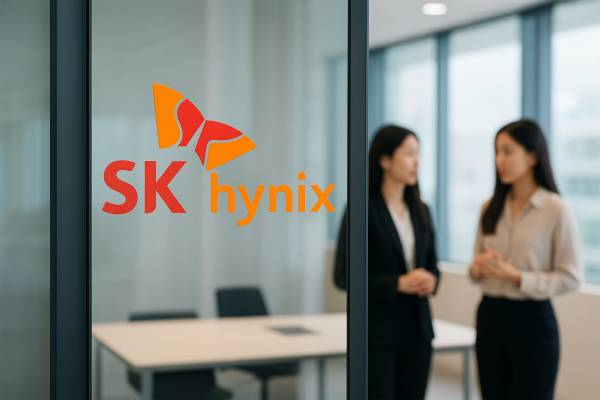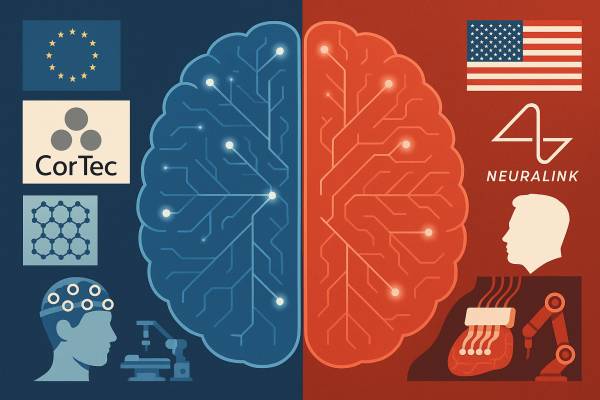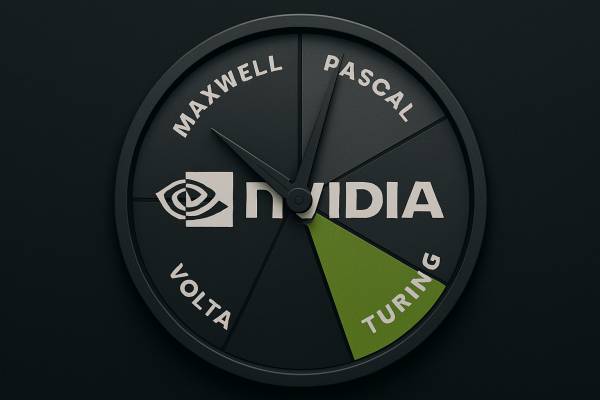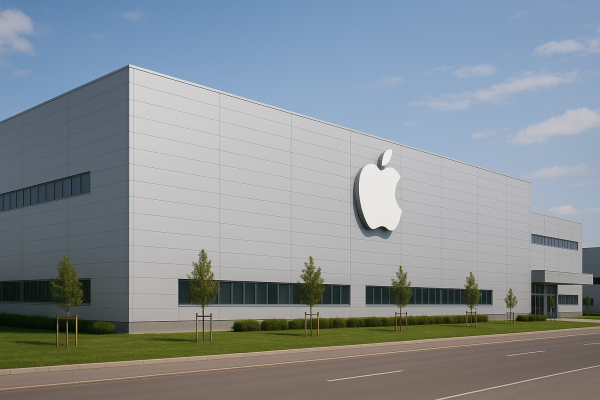Modern robotics has grown hand in hand with artificial intelligence and simulation technologies. NVIDIA’s Isaac™ GR00T research project aims to speed up the development of humanoid robots with new basic models. Meanwhile, Boston Dynamics uses its long experience and modern computing platforms to create robots that move in a natural, lifelike way. Their partnership is a new milestone in humanoid robotics, as it combines simulation, learning, and real-world testing to create adaptive, real-time robotic solutions.
The NVIDIA Isaac™ GR00T Platform
The NVIDIA Isaac™ GR00T is a complete research and development platform for creating general-purpose robotic models and data pipelines. It includes several important components.
One key component is the NVIDIA Isaac™ GR00T N1, the first open base model designed for general movement and reasoning in humanoid robots. The model can process different types of input, such as language and images, which allows it to perform multi-step tasks in many different settings. It is trained with real data, synthetic data, and online video material, giving it a high level of adaptability.
Besides the basic model, simulation frameworks built on NVIDIA Omniverse™ and Cosmos™ systems play an important role. They allow the robots to learn and be tested in a virtual environment, making it easier to adapt to real-world challenges.
NVIDIA also offers a computing platform. The Jetson AGX Thor™ platform provides the full system for the robot, allowing real-time data processing and the running of complex AI models. This is crucial for the GR00T N1 to control the robot precisely in both physical and virtual environments.
Boston Dynamics and NVIDIA Collaboration
Boston Dynamics has a long history of showcasing natural and dynamic robotic movements. The company was an early supporter of Project GROOT and has continued to expand its work with NVIDIA. For example, the Atlas humanoid robot uses NVIDIA’s Jetson Thor platform to run complex, multimodal AI models.
Another key part of the collaboration is the Isaac Lab. It uses NVIDIA’s Isaac Sim and Omniverse technologies to help robots learn and improve in virtual environments. This method will allow the Atlas robot not only to perform pre-programmed movements but also to react to unexpected challenges in real time.
Recent demonstrations have shown that Atlas can perform dynamic movements that were once a major engineering challenge. The robot can run, crawl, and do complex manual tasks that require both advanced AI and precise mechanical control.
A main goal of the collaboration is to make the transition from simulated learning to the real world as smooth as possible. Aaron Saunders, the chief technology officer at Boston Dynamics, says robots can bridge the gap between virtual simulations and real-world challenges. These developments will help robots work more safely and fit into human work environments.
Summary
The partnership between the NVIDIA Isaac™ GR00T platform and Boston Dynamics shows how advanced AI, simulation technology, and robotic engineering can come together to bring science fiction robots into reality. By combining integrated base models, real-time computing power, and simulation learning, future robots will be better able to handle real-world challenges safely and effectively. With more research and development, we expect to see additional applications and solutions that will help spread the use of robots in both industrial and home settings.































